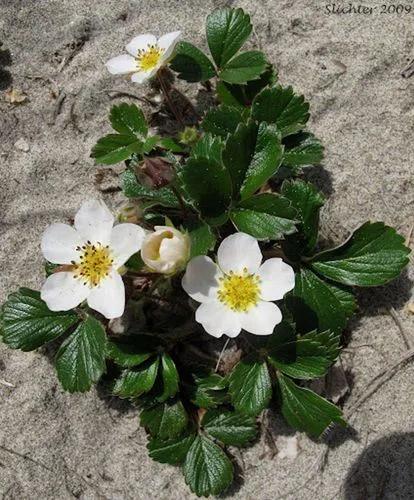Eucalyptus camaldulensis, commonly known as the river red gum, is a tree that is endemic to Australia. It has smooth white or cream-coloured bark, lance-shaped or curved adult leaves, flower buds in groups of seven or nine, white flowers and hemispherical fruit with the valves extending beyond the rim. A familiar and iconic tree, it is seen along many watercourses across inland Australia, providing shade in the extreme temperatures of central Australia.
River Redgum Care
Eucalyptus Camaldulensis



Eucalyptus camaldulensis is a tree that typically grows to a height of 20 metres (66 ft) but sometimes to 45 metres (148 ft) and often does not develop a lignotuber. The bark is smooth white or cream-coloured with patches of yellow, pink or brown. There are often loose, rough slabs of bark near the base. The juvenile leaves are lance-shaped, 80–180 mm (3.1–7.1 in) long and 13–25 mm (0.51–0.98 in) wide. Adult leaves are lance-shaped to curved, the same dull green or greyish green colour on both sides, 50–300 mm (2.0–11.8 in) long and 7–32 mm (0.28–1.26 in) wide on a petiole 8–33 mm (0.31–1.30 in) long. The flower buds are arranged in groups of seven, nine or sometimes eleven, in leaf axils on a peduncle 5–28 mm (0.20–1.10 in) long, the individual flowers on pedicels 2–10 mm (0.079–0.394 in) long. Mature buds are oval to more or less spherical, green to creamy yellow, 6–9 mm (0.24–0.35 in) long and 4–6 mm (0.16–0.24 in) wide with a prominently beaked operculum 3–7 mm (0.12–0.28 in) long. Flowering mainly occurs in summer and the flowers are white. The fruit is a woody, hemispherical capsule 2–5 mm (0.079–0.197 in) long and 4–10 mm (0.16–0.39 in) wide on a pedicel 3–12 mm (0.12–0.47 in) long with the valves raised above the rim. The limbs of river red gums, sometimes whole trees, often fall without warning so that camping or picnicking near them is dangerous, especially if a tree has dead limbs or the tree is under stress.
How to Care for the Plant

Popularity

519 people already have this plant 82 people have added this plant to their wishlists
Discover more plants with the list below
Popular articles






